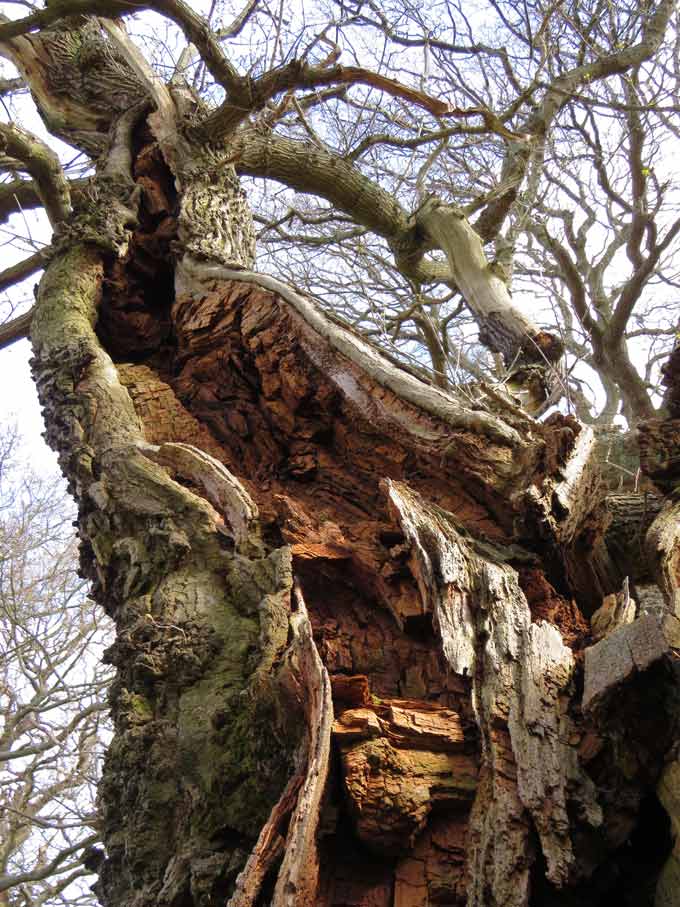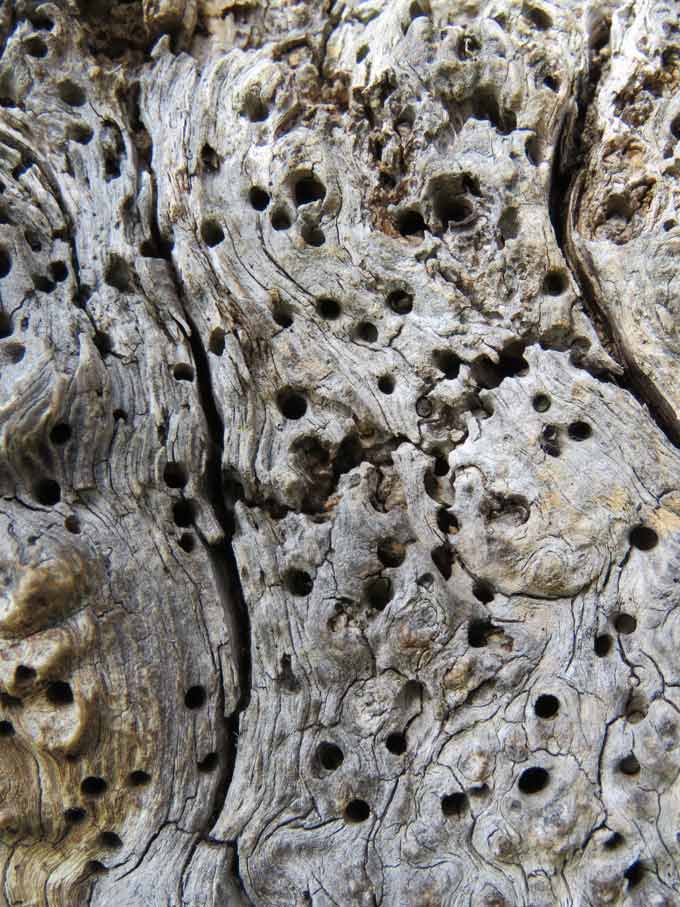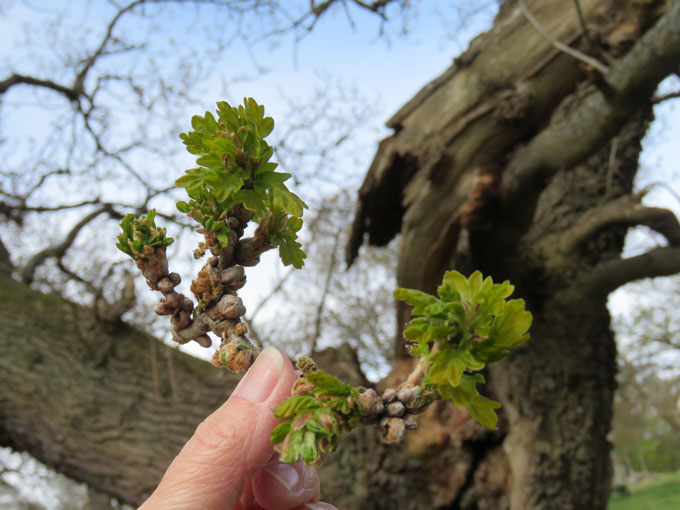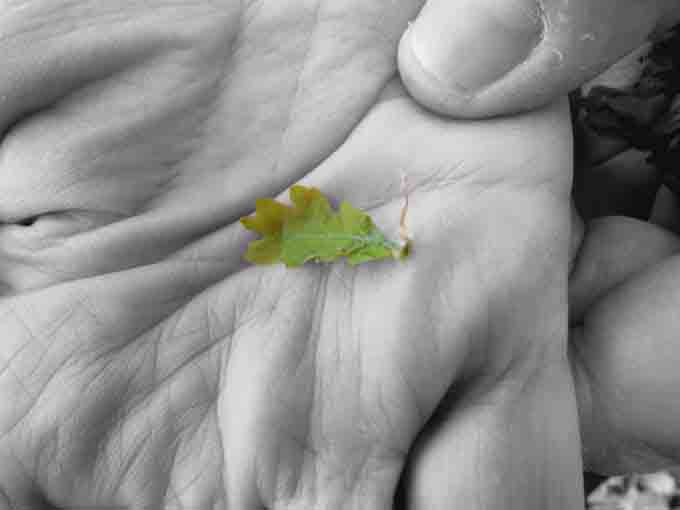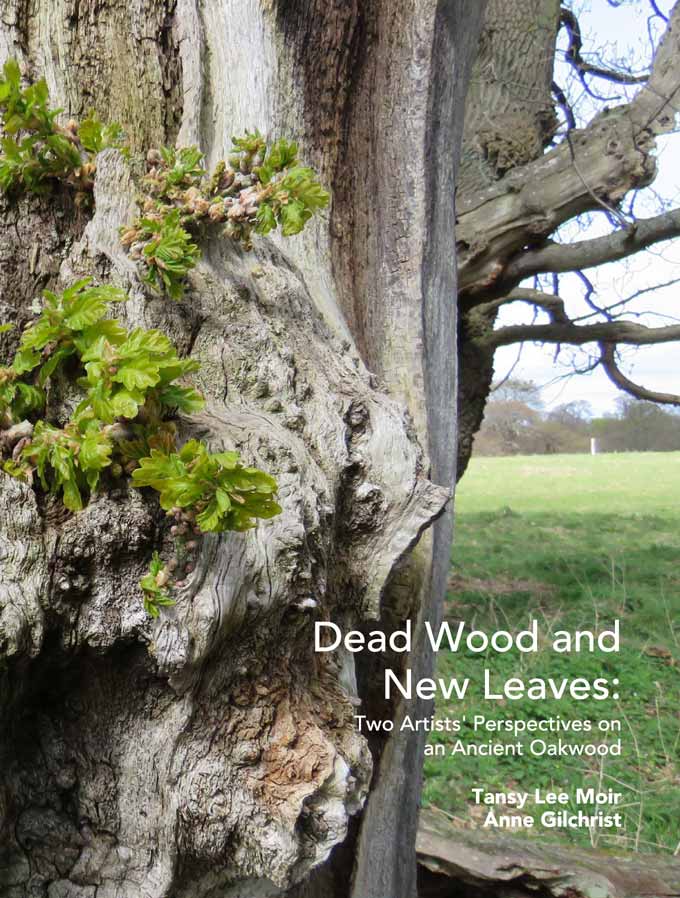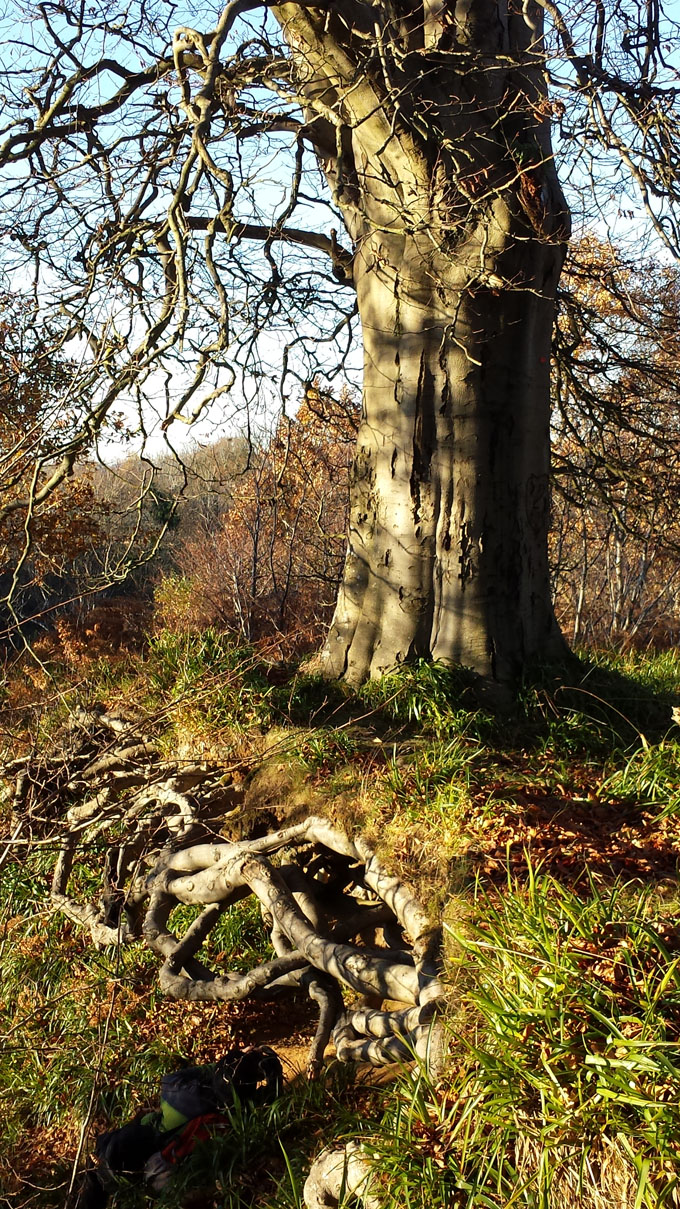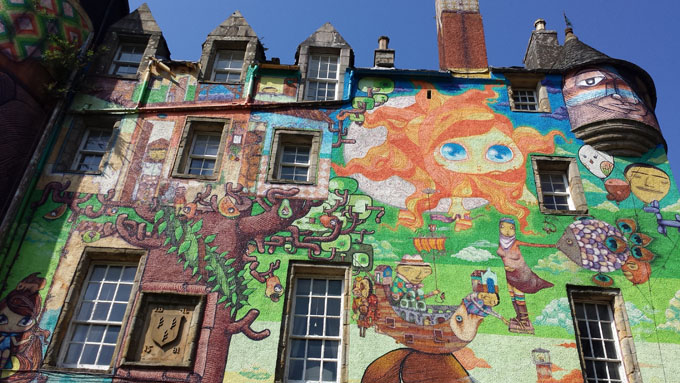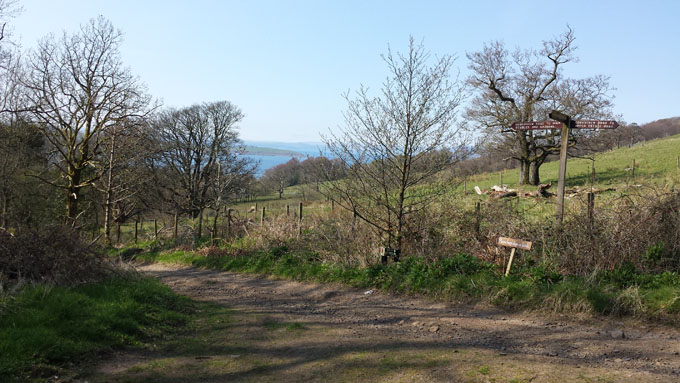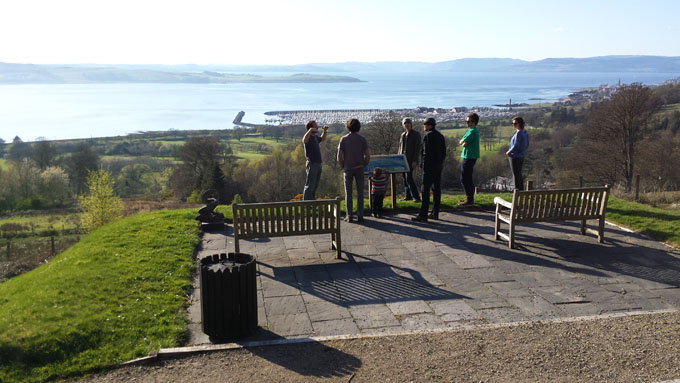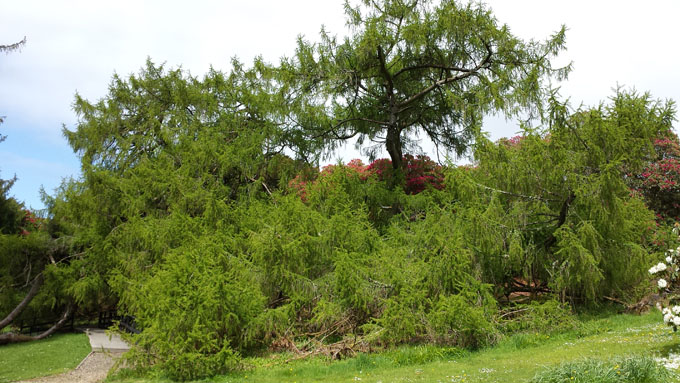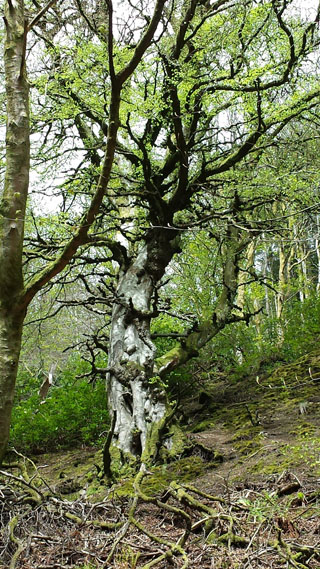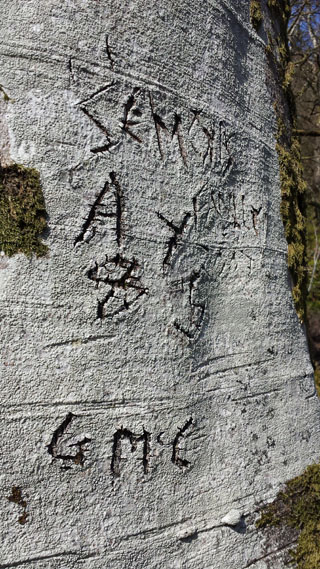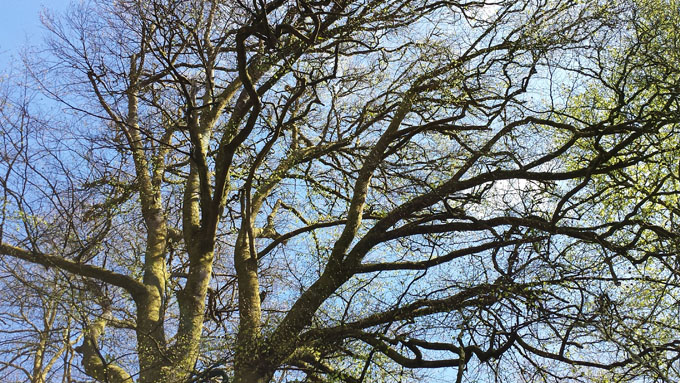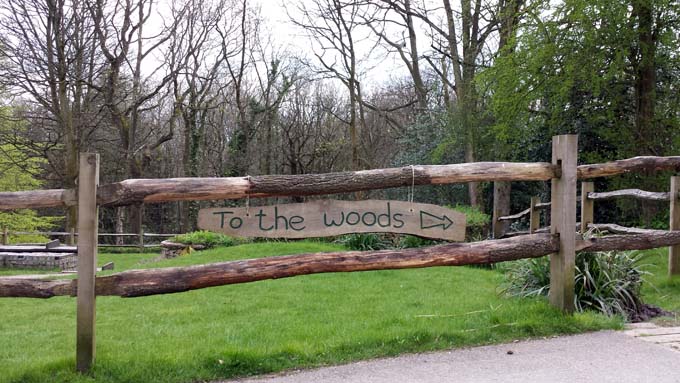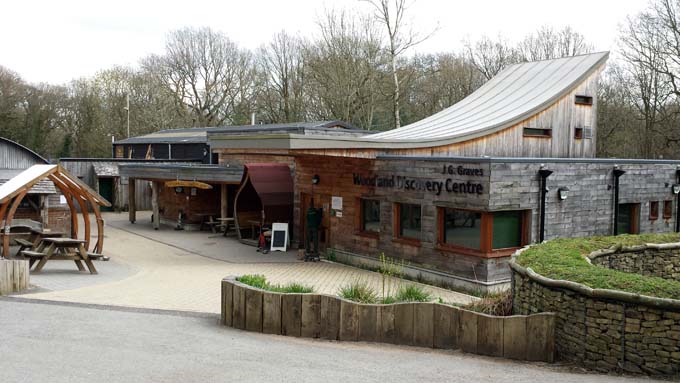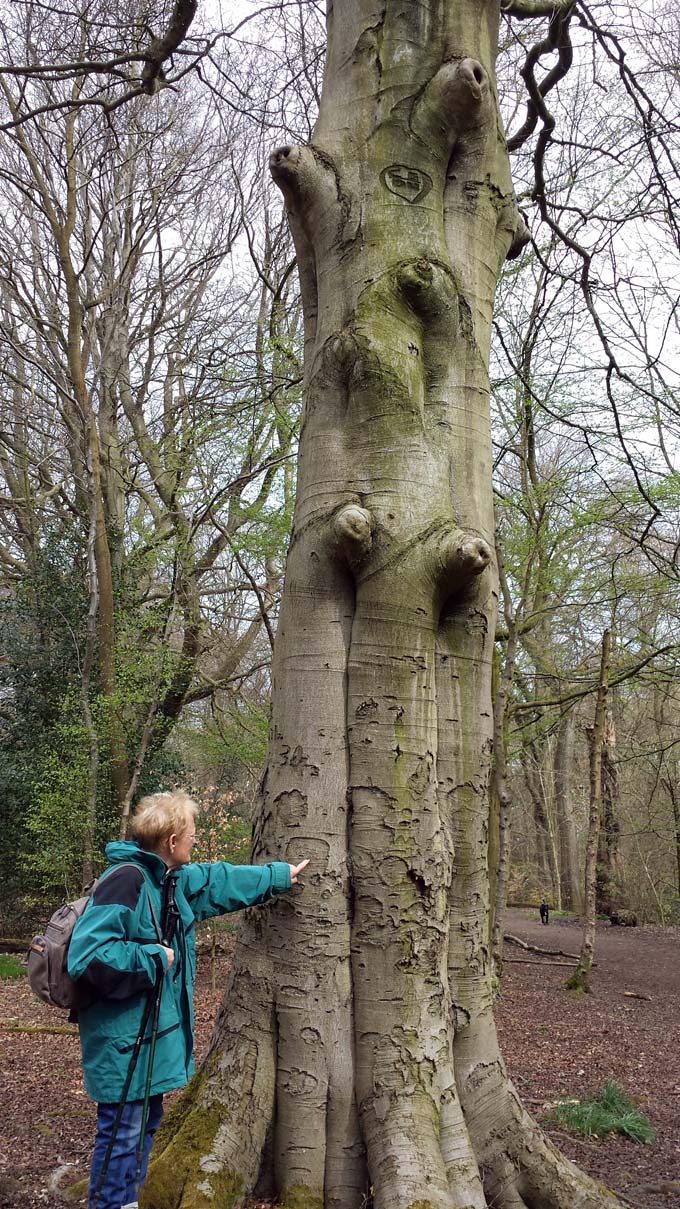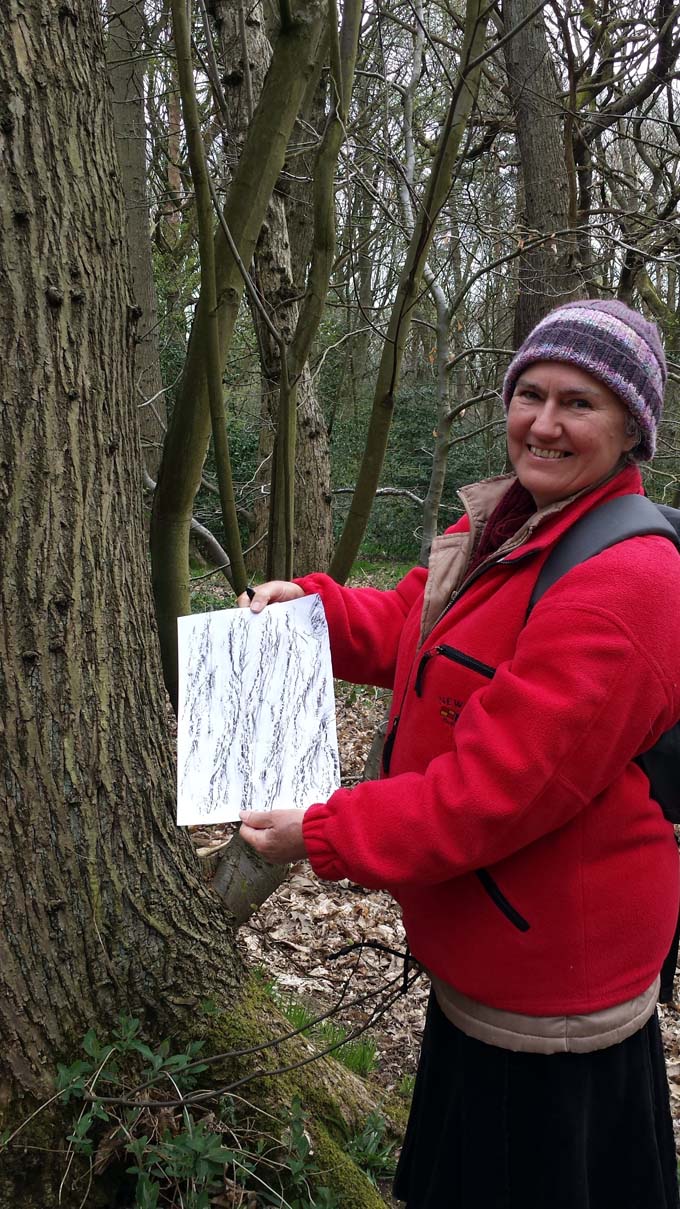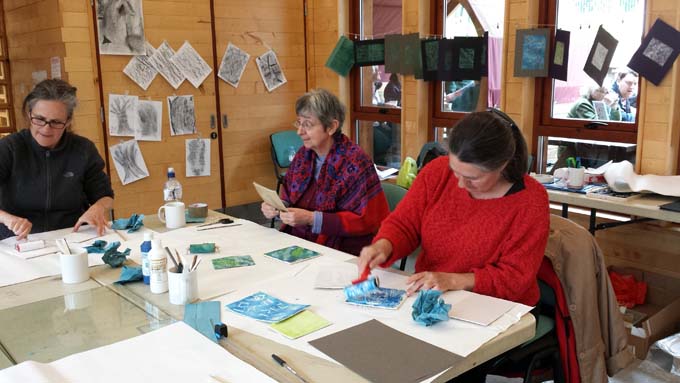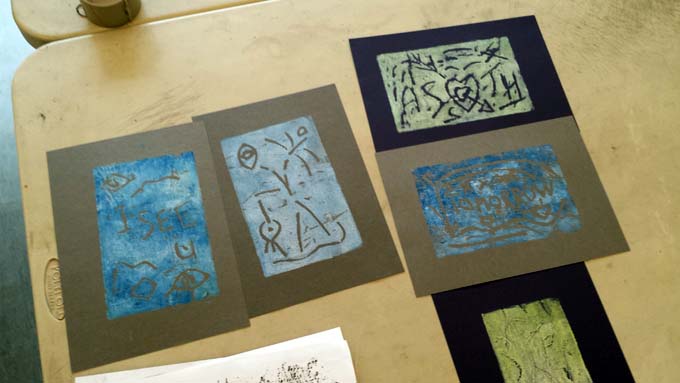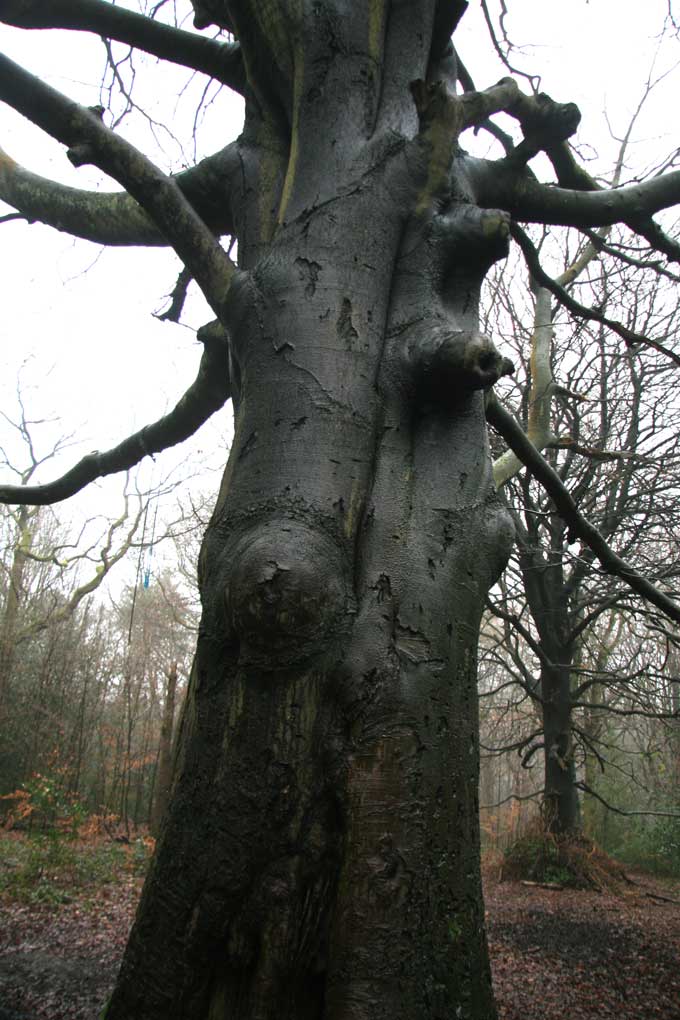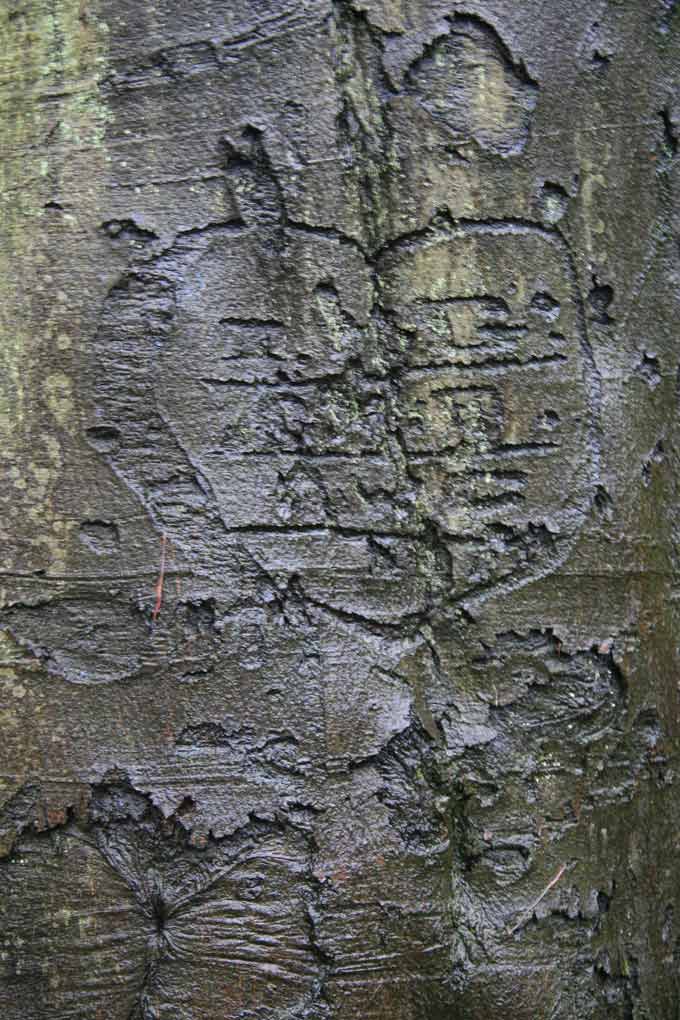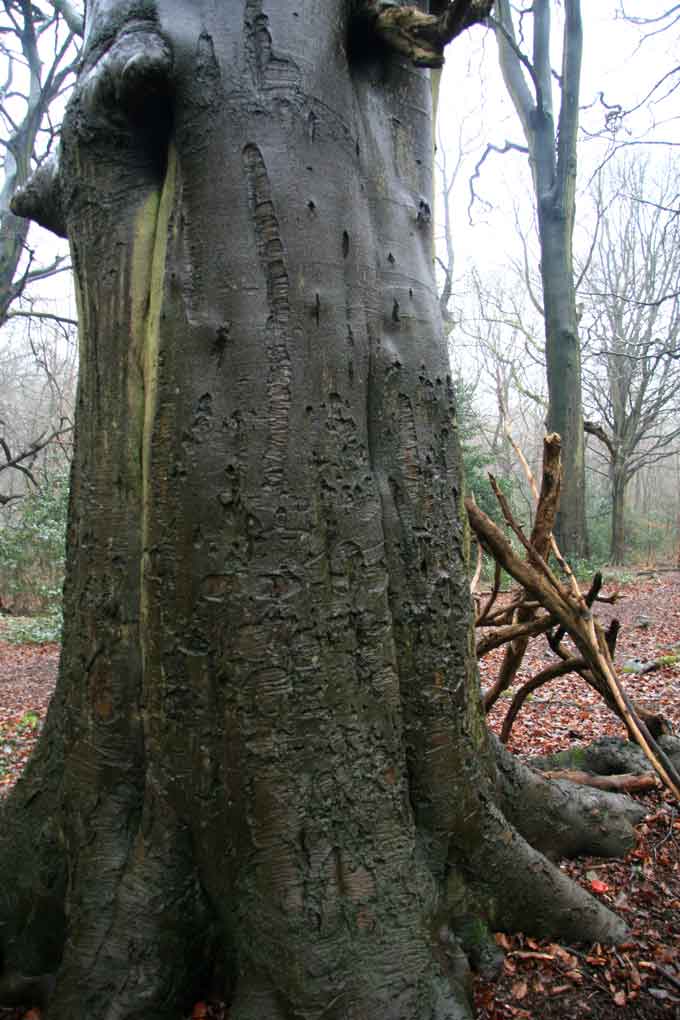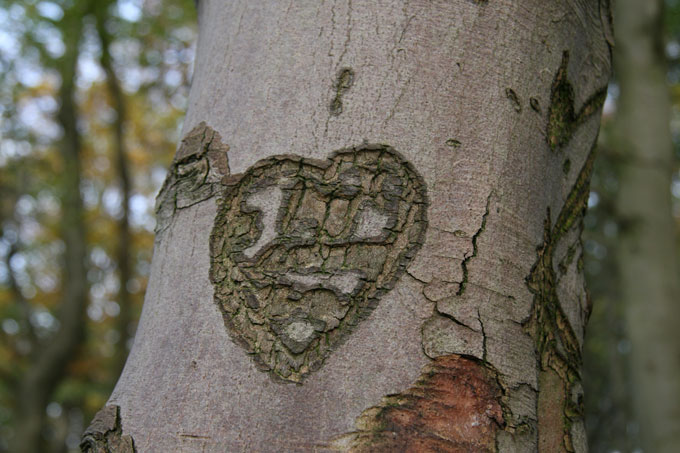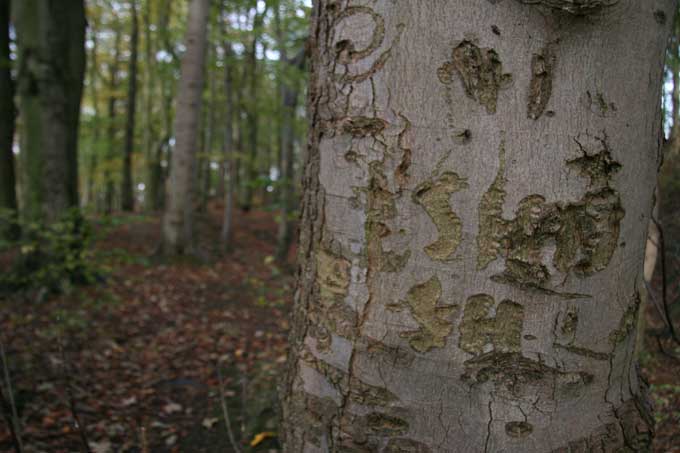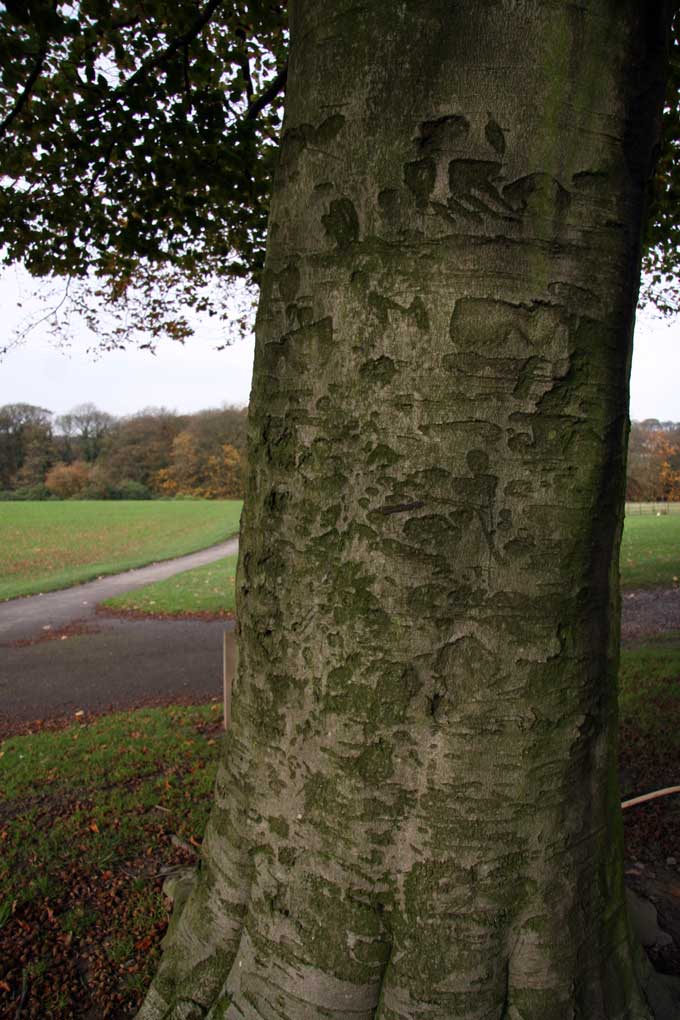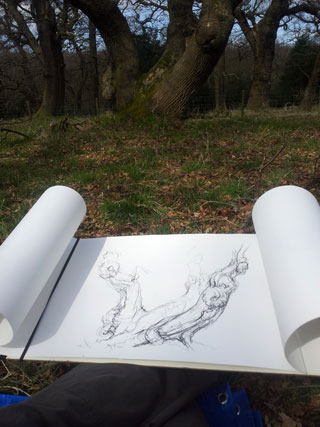
“To draw is to look, examining the structure
of appearances – a drawing of a tree shows not
a tree, but a tree being looked at.”
John Berger
My approach to drawing is all about looking intently at my subject: the starting point for all my artwork is a meeting with a tree and a dialogue with it through mark-making. So when I was invited to take part in this year’s Kelburn Garden Party it seemed like a great opportunity to start that dialogue with some of their amazing trees.

For the duration of the festival I plan to be working around the estate and Glen, creating a collection of drawings on the theme of ‘A tree being looked at’. If you’re at the Garden Party over the weekend, you can find me in the afternoons under the Weeping Larch in the area known as ‘The Gardens’ where I’ll also be doing short drawing workshops.
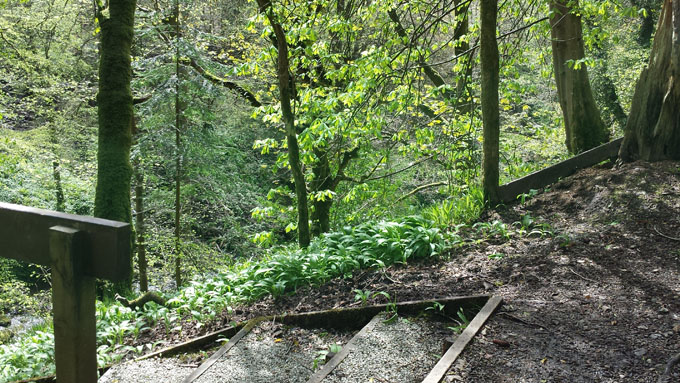
If you feel like a wander through the Neverending Glen, you can also discover and use the viewfinders I’ve placed along the way. These have quotes on them which relate to my ‘tree being looked at’ theme, and all are from books, artists and writers who have been inspiring and eye-opening for me and my work which I really wanted to share. I’ve hung the viewfinders so that they can be handled and used to frame your own views of the natural world – it’s all about looking!
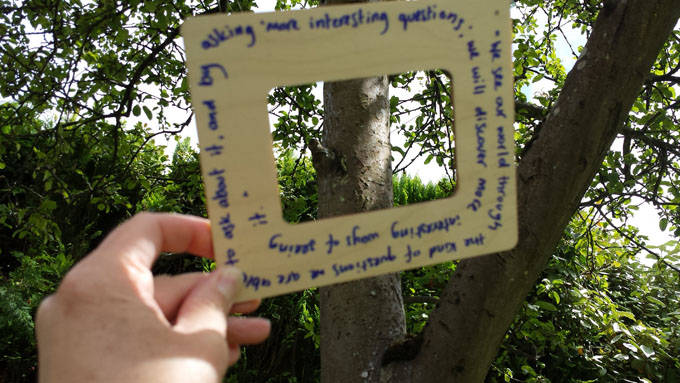
Here are the quotes and their sources, with links…
“To draw a tree, to pay such close attention to every aspect of a tree is an act of reverence not only toward the tree, but also to our human connection to it. It gives us almost visionary moments of connectedness.”
Alan Lee from Drawing Projects, Mick Maslen & Jack Southern
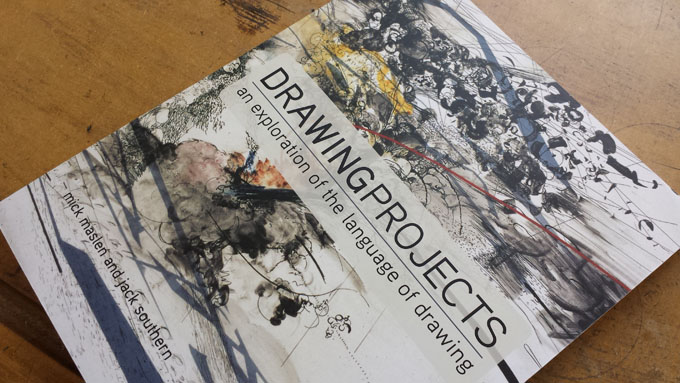
“We see our world through the kind of questions we are able to ask about it, and by asking ‘more interesting questions’, we will discover more interesting ways of seeing it.”
Drawing Projects, Mick Maslen & Jack Southern
“One must always draw. Draw with the eyes when one cannot draw with a pencil.”
Balthus
“Woods have come to look like the subconscious of the landscape”
“To enter a wood is to pass into a different world in which we ourselves are transformed. It is where you travel to find yourself, often, paradoxically, by getting lost.”
Wildwood, Roger Deakin
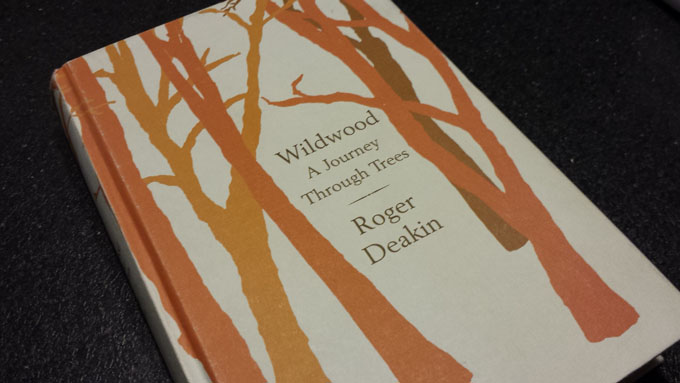
“I have learnt that what I have not drawn, I have never really seen, and that when I start to draw an ordinary thing, I realise how extraordinary it is.”
The Zen of Seeing: Seeing drawing as meditation, Frederick Franck
“Which bits of our aesthetic or emotional consciousness do rot-holes and calluses touch?”
“What deep-rooted associations do old trees conjure up? Are they some kind of portal to understanding the deep relationship between wildness and time? “
Beechcombings, Richard Mabey
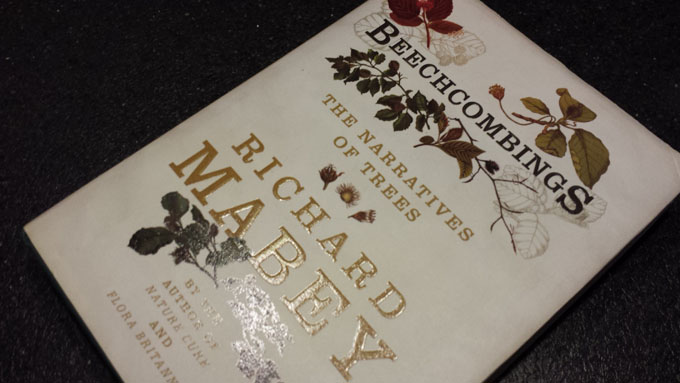
“It is motionless yet it oozes energy.”
Henry Moore at the British Museum, Henry Moore
“To walk through an ancient wood is to tread in the footsteps of the ghosts of those who once lived and worked in the medieval and early industrial countryside.“
Ancient Woodland: History, Industry and Crafts, Ian D. Rotherham
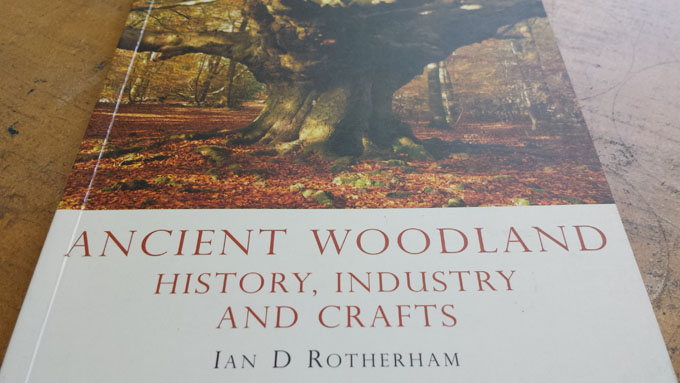
“…trees are wildlife just as deer or primroses are wildlife. Each species has its own agenda and its own interactions with human activities.”
Woodlands, Oliver Rackham
“I found the poems in the fields,
And only wrote them down.”
‘Sighing for Retirement’, John Clare
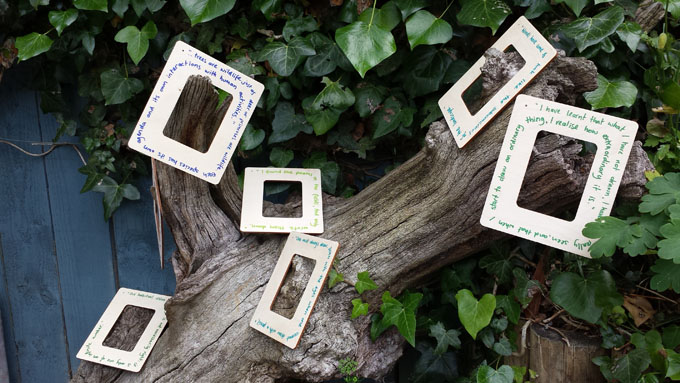
“Our habitual vision of things is not necessarily right: it is only one of an infinite number.”
The Living Mountain, Nan Shepherd
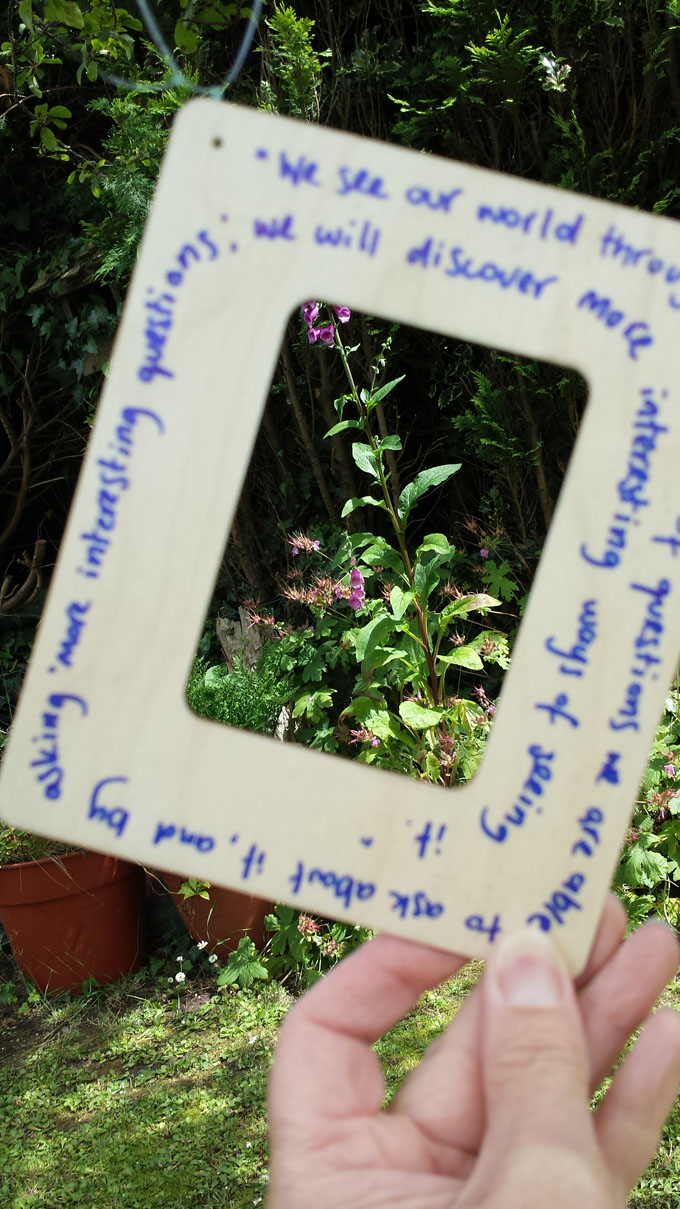
I’ll be posting more news and photos from the weekend on my facebook page whenever I can get a signal, so you can follow my progress there.






 You can view the gallery of the full 100 days here and check out my weekly posts on Instagram or Facebook.
You can view the gallery of the full 100 days here and check out my weekly posts on Instagram or Facebook.

